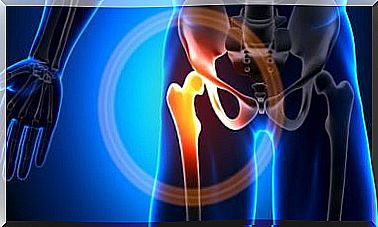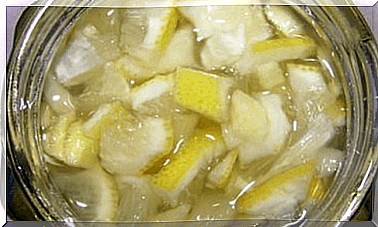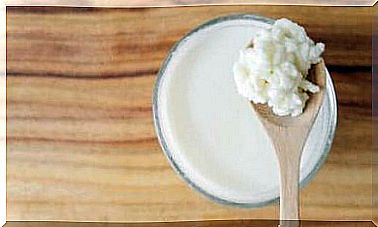Aspirin As A Facial Peeling
Aspirin is actually just the product name of a certain manufacturer for a painkiller.
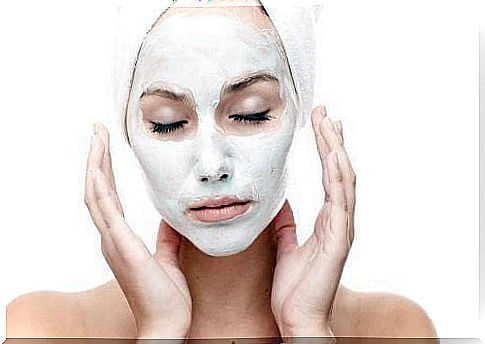
Aspirin is actually used to relieve pain, but you can occasionally use the white tablets in skin care. You can find out everything else you should know about aspirin and how to use aspirin as a facial peel here.
Aspirin: originally from willow bark
Aspirin originally comes from naturopathy, because the Teutons and Celts already cooked an extract from willow bark that relieved pain and reduced fever.
Later research found that willow bark actually contained ingredients that were pharmacologically effective.
The first drugs arose from the isolated active ingredient, which, however, was not really successful because of its side effects, including on the stomach. Medical research continued and in 1921 the Bayer company applied for a patent for aspirin.
Today the active ingredient is produced synthetically and has nothing to do with the romantic idea of boiling off willow bark. Aspirin is one of the most common and well-known drugs in the world.
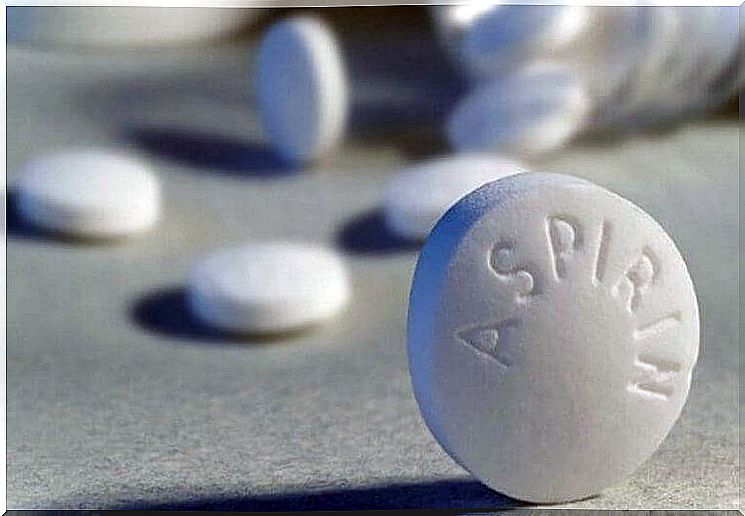
Is aspirin harmless?
Everything that comes from nature (willow bark) is not always harmless to humans.
Even aspirin has serious side effects are used, and should only in emergencies and not as a “panacea”. The most common risks and side effects are:
- Stomach discomfort (nausea, heartburn, vomiting)
- Stomach ulcers
- Bleeding in the stomach
- Increased bleeding tendency
- Nosebleeds
Overdosing can lead to respiratory paralysis and loss of consciousness as well as severe kidney damage. So it makes sense to avoid this drug – or use it topically.
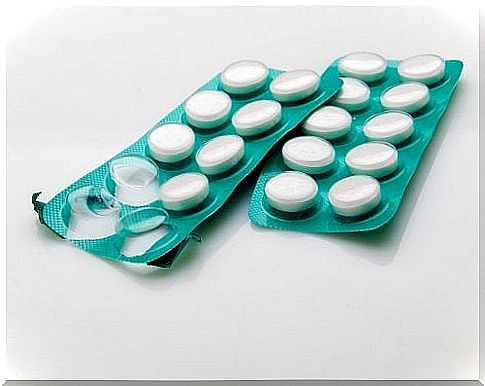
Does it have to be “aspirin”?
Aspirin is the brand name of a well-known and popular pain reliever based on the active ingredient acetylsalicylic acid.
Other trade names of the same active ingredient include: Acesal, Alka-Seltzer, Godamed, Herz- ASS, Miniasal, Togal-ASS, ASS-ratiopharm, Eudorlin, Alcacyl, Asa-Tabs, Aspégic, Aspro, Kardégic, Tiatral Acekapton, Aspro Classic , Thrombo-ASS, Togal Mono and more!
Depending on the amount of acetylsalicylic acid contained in each tablet, there are often numbers after the name, such as “ASS100”.
The active ingredient acetylsalicylic acid has a blood-thinning effect, which is why it is not only used as a classic headache tablet, but is also prescribed to prevent thrombosis.
In addition, with its namesake, aspirin also has anti-inflammatory, antipyretic and – of course – pain-relieving effects.
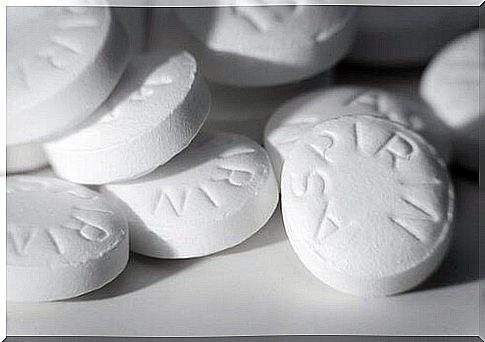
Aspirin tablets in cosmetics
One hears again and again that aspirin tablets are used in cosmetics for the care of skin and hair.
Some claim they work against dandruff, itchy scalp, or other ailments. Aspirin cannot be helpful here, on the contrary, it can make the symptoms worse.
Aspirin has anti-inflammatory effects, but not antifungal (i.e. against fungi) or antibacterial (against bacteria). Therefore, it makes no sense to use acetylsalicylic acid against fatty dandruff, as these are usually caused by fungi.
Some cosmetic products that are commercially available for oily and blemished skin also contain salicylic acid.
This has an antibacterial and anti-inflammatory effect and dries out oily skin. If you have sensitive or dry facial skin, such products are completely unsuitable for you. Do not use aspirin as a facial scrub!
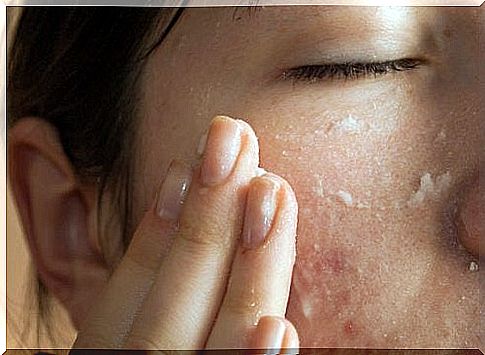
Use as a facial peeling
Oily skin in particular benefits from regular peeling, because dead skin fragments in combination with skin oil or sebum can clog the skin pores and lead to impurities such as blackheads or pimples. A peeling therefore makes sense at least once a week.
Acid also helps soften the skin. In this case, you can use the acetylsalicylic acid in the tablets. Crush them in a container and use the resulting crumbs as a facial scrub. Aspirin is poorly soluble in water, so the peeling effect lasts for a long time.
Gently but consistently rub your face all over with the aspirin paste. The acid also has a drying effect, so that you also get better with oily skin.
After the peeling, rinse the face thoroughly with water and use a moisturizer or some aloe vera gel to soothe the skin that has been damaged by the peeling.
